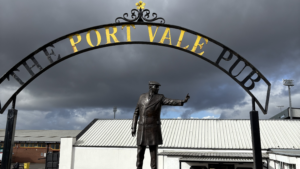April 3, 2025 / News
Boston Business Journal: Boston-Area Digital Ad Platforms Seek Alternatives to TikTok
With the looming TikTok ban in the US, local communication executives at an event hosted by the Boston Interactive Media Association noted a trend of online advertisers testing alternative platforms like YouTube Shorts. At the event, Kiley McMahon, Paid Social Media Manager at Connelly Partners shared that some clients have experimented with YouTube Shorts as a potential replacement for TikTok; however, it has yet to replicate the latter’s viral reach and perceived authenticity. Despite many clients not yet migrating to YouTube, contingency plans are in place for their clients in case TikTok does go dark, even momentarily.
Read more here.
 brief us?
brief us?








